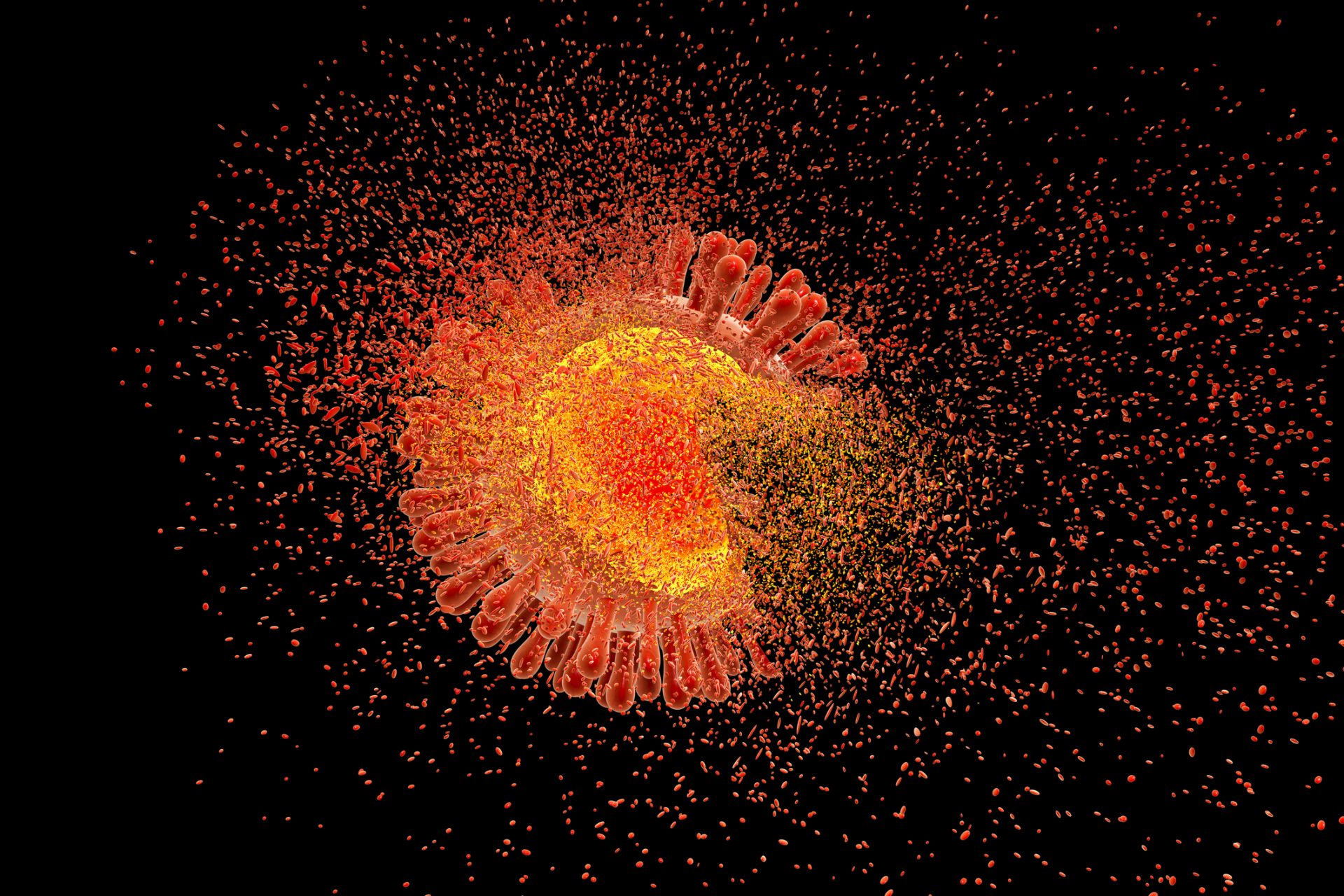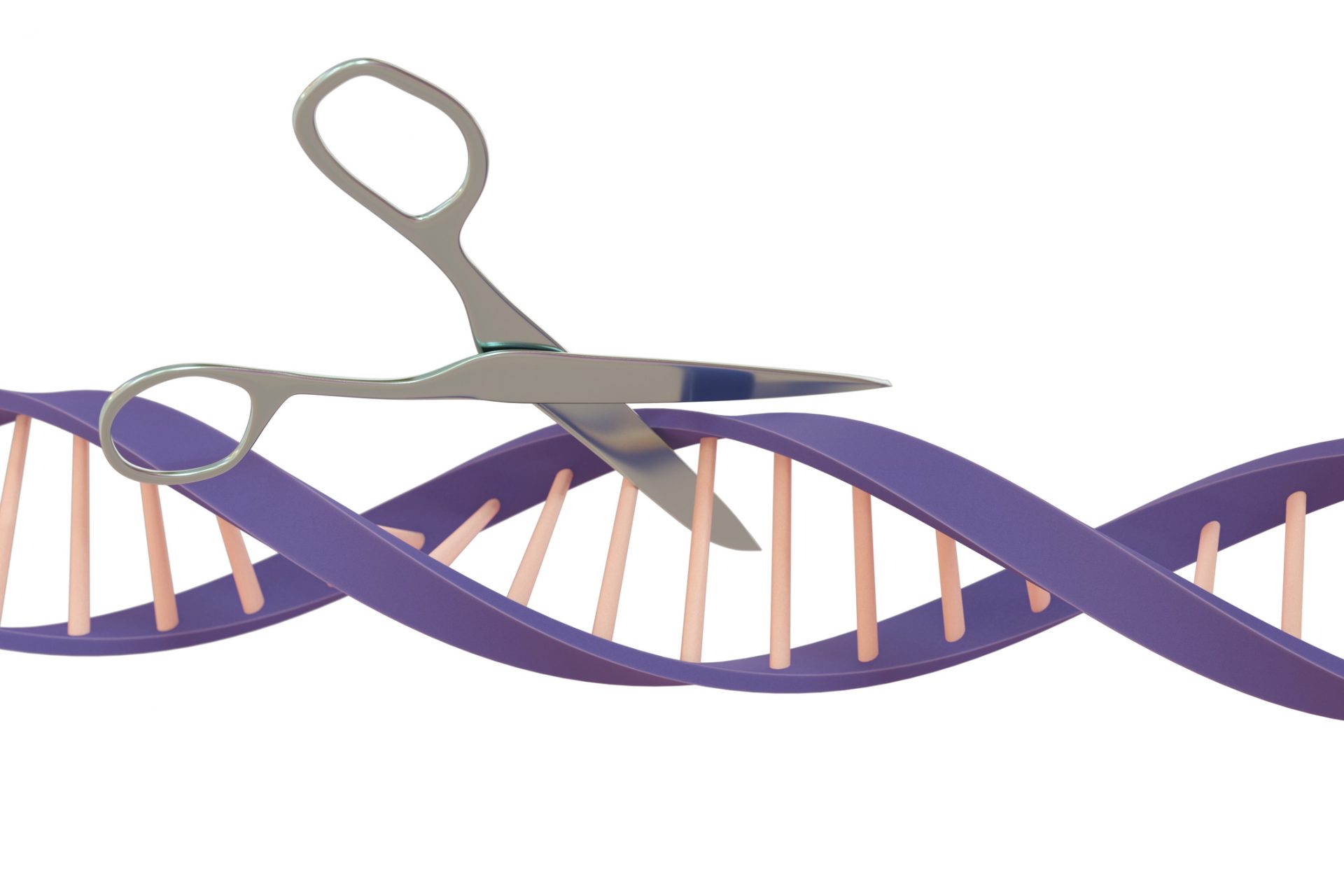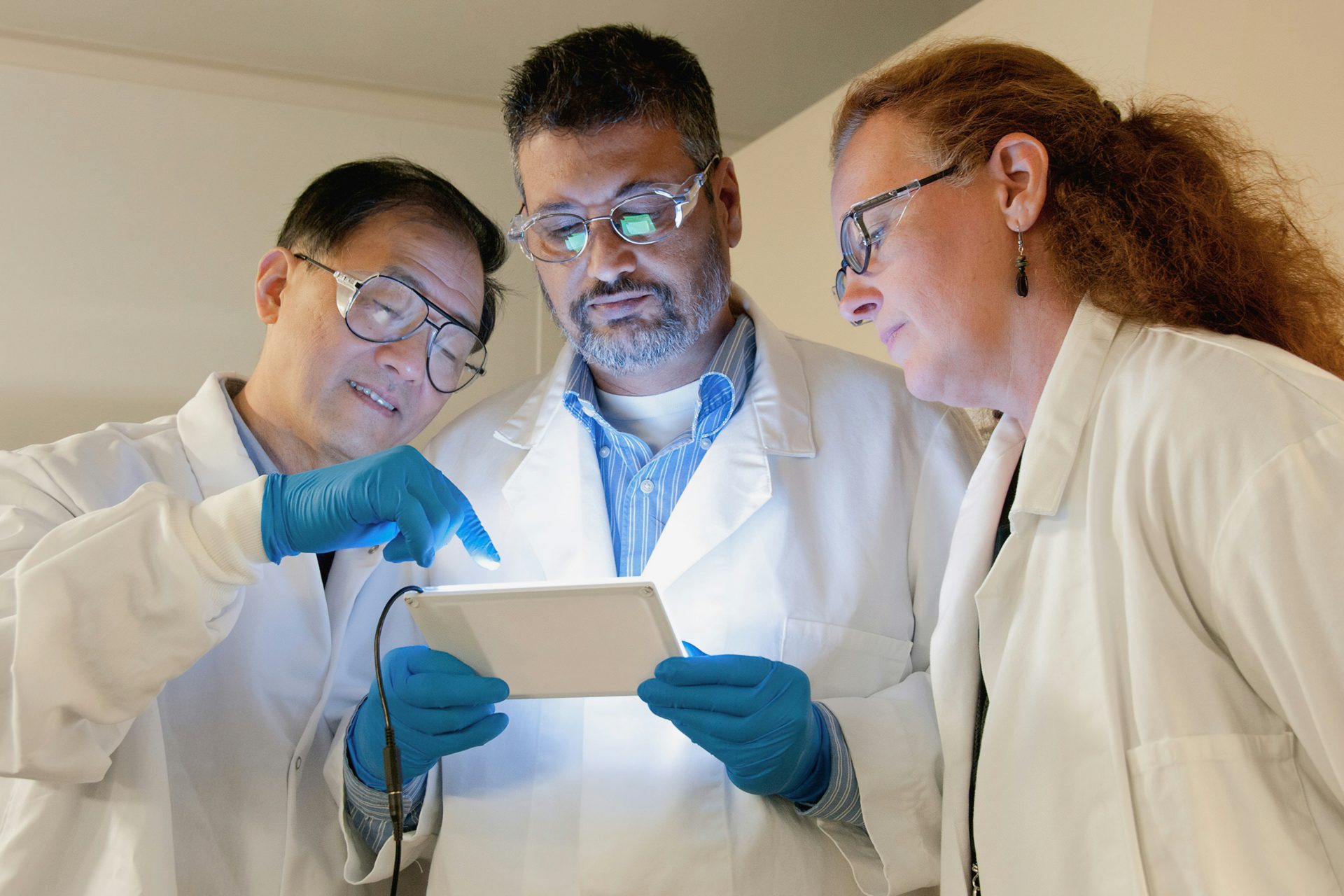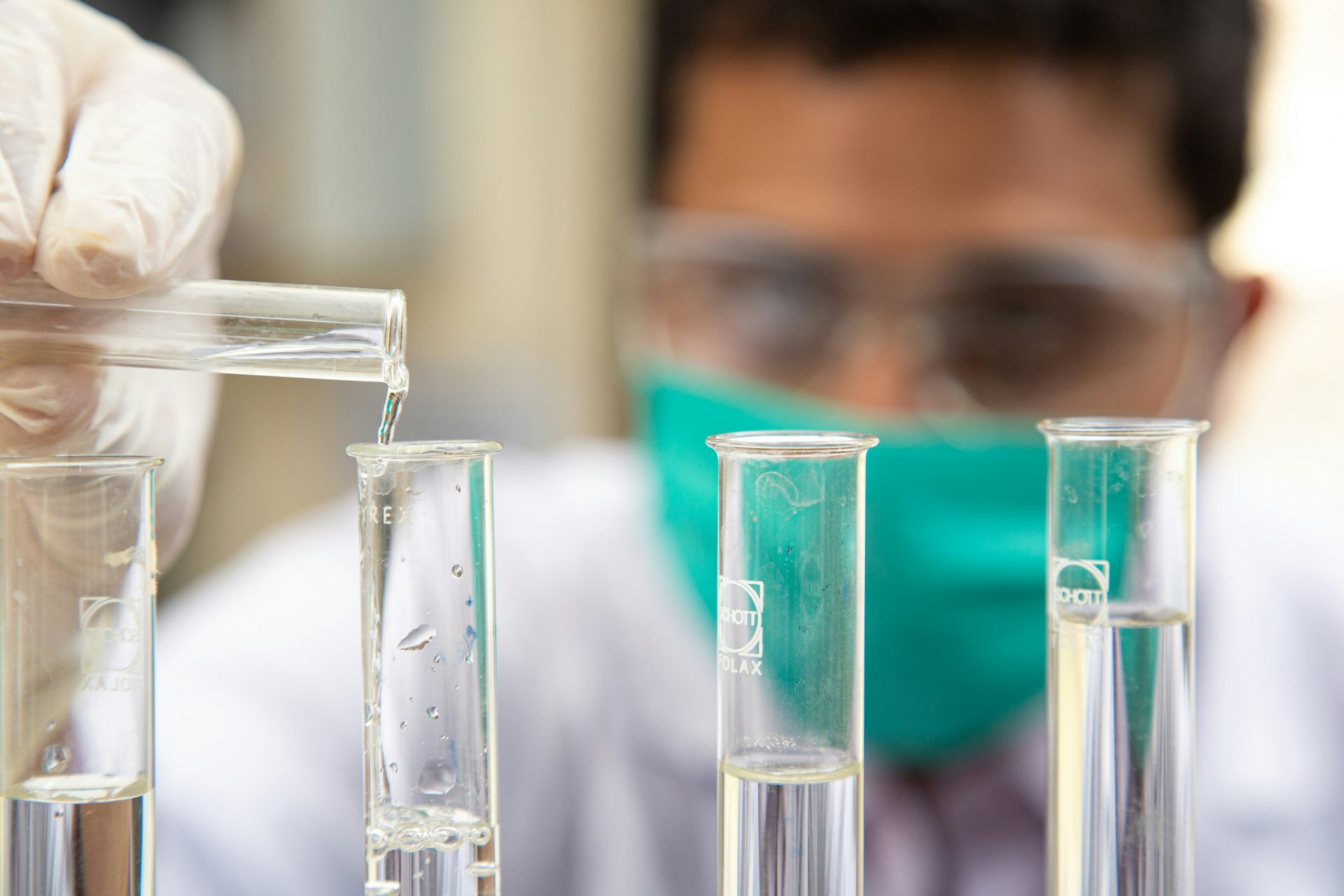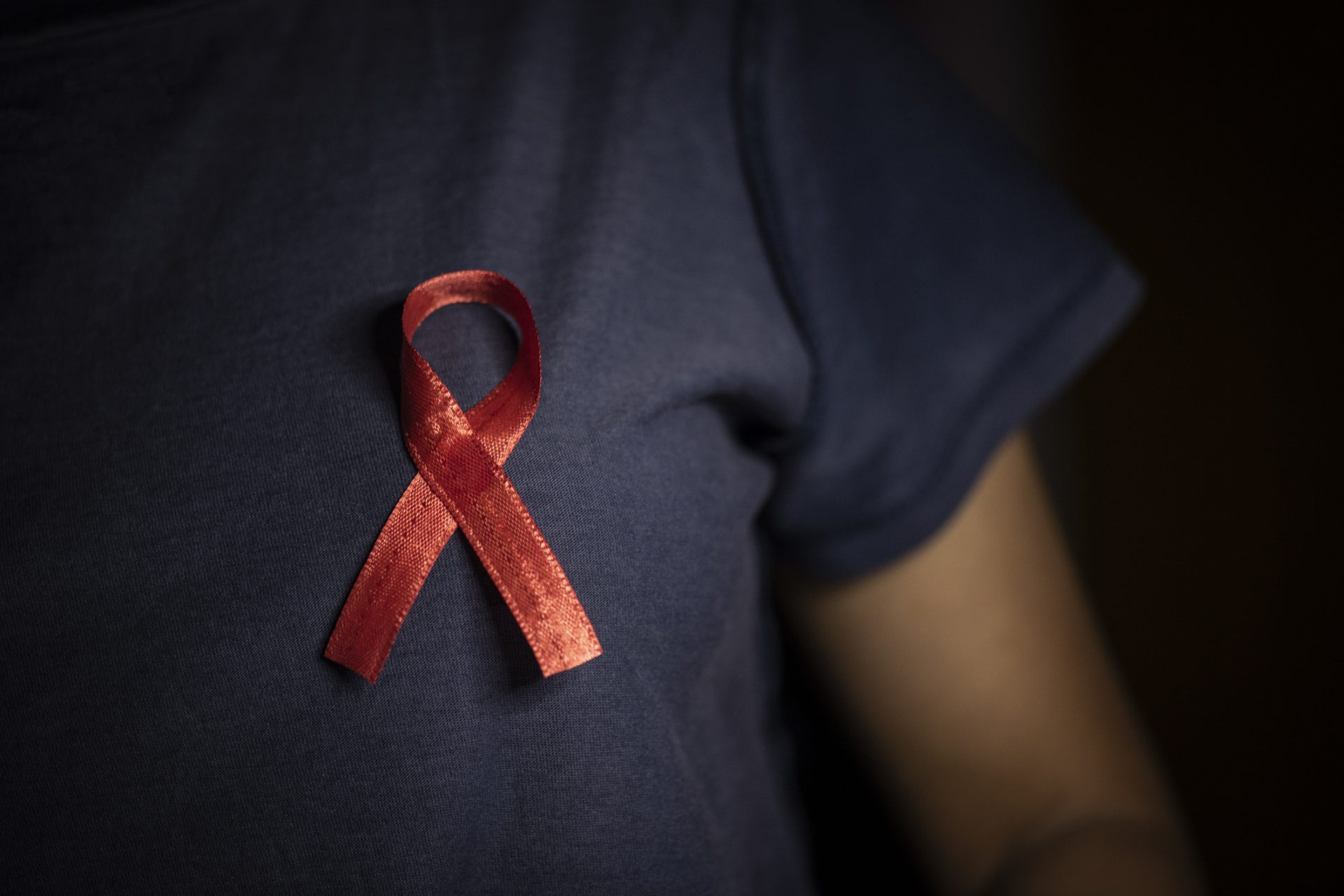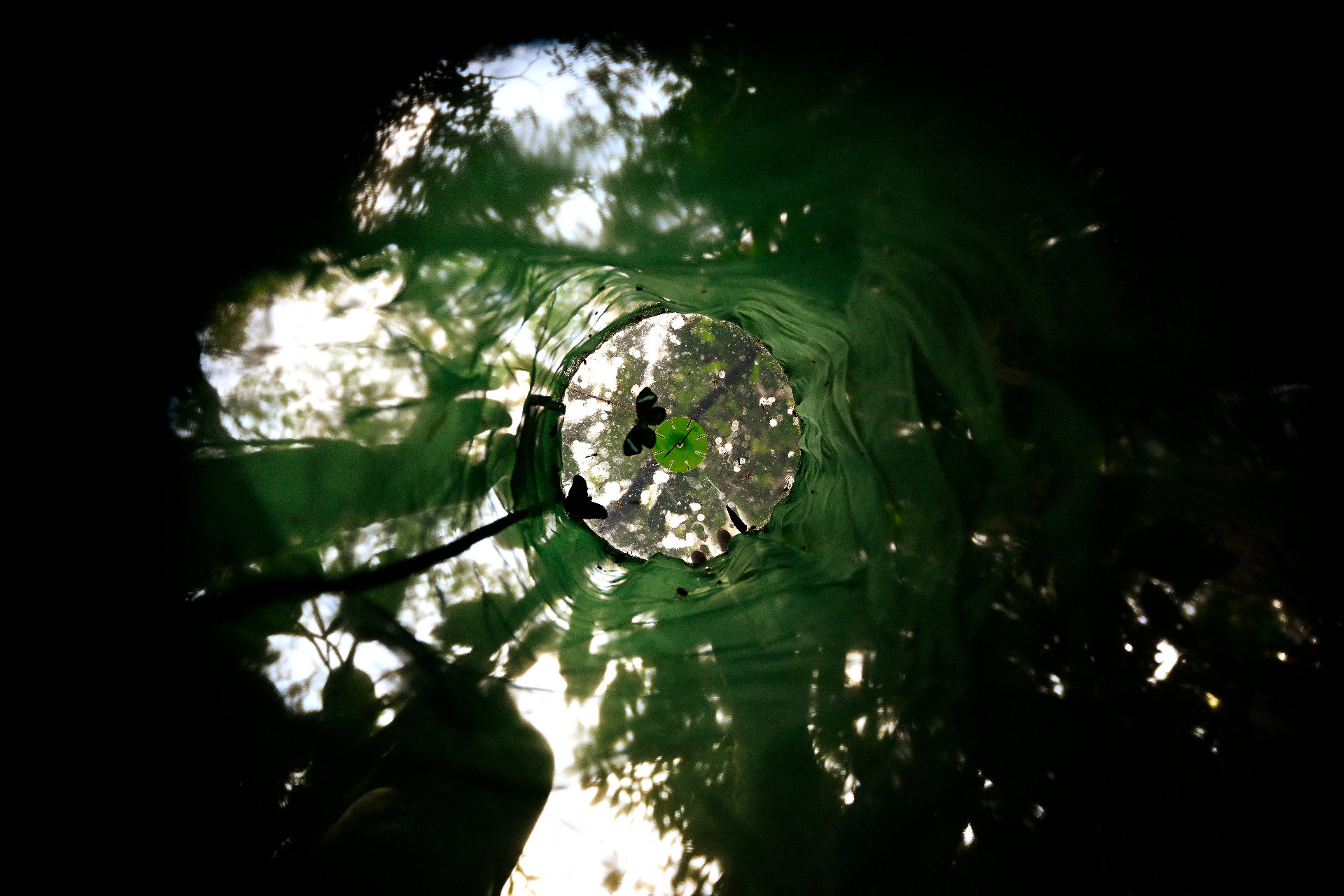Have scientists found a potential cure for HIV?
Eliminating HIV in cells
Scientists have managed to eliminate the parts of the DNA from HIV infected cells using CRISPR gene editing technology.
Cutting out the bad bits of the cell
The Nobel prize winning novelty, that works like scissors, but at a molecular level, literally cut out the HIV out of a cell. But does this mean they’ve found a cure for the virus?
Findings will be presented at a conference
Not exactly a cure, but maybe a path towards one, according to the scientists in charge, from the University of Amsterdam who will soon present their findings at a conference called ECCMID, in April, in Barcelona, Spain.
Photo: National Cancer Institute/Unsplash
Won’t become a cure “anytime soon”
The researchers have stressed that what they have done will not become a cure for HIV “anytime soon.” But, why not?
Photo: National Cancer Institute/Unsplash
Much more work is needed
Dr. James Nixon of the University of Nottingham, told the BBC that “much more work is needed to demonstrate that what was done in those cells can happen in an entire body for future therapy.”
Photo: Talha Hassan/Unsplash
A long time before it can impact those living with HIV
Moreover, Nixon added that for this to have an impact on those living with HIV, “much more development is needed.”
Photo: bermix studio/Unsplash
Concerns about long-term side effects
But besides the challenges that the use of the new technology entail, some experts are also concerned about possible side effects, such as Dr. Jonathan Stoye, a virus expert at the Francis Crick Institute in London.
Photo: Adrian Swancar/Unsplash
Can be years until it becomes routine therapy
Dr. Stoye told the BBC that because possible long-term side effects remain a concern, even if the CRISPR turns out to be effective, it can be years until it becomes “routine therapy.”
Three people have undergone a clinical trial with no side effects
However, a biotechnology company called Excision BioTherapeutics says it added the gene-editing tool to the bodies of three people living with HIV and none of them had secondary effects, MIT Technology Review reported.
A virus that makes copies of itself
Another challenge for the scientists is the way HIV works: by making copies of itself, which means that even with effective treatment, the virus can go into a dormant or latent state and cells might still contain HIV.
Photo: National Institute of Allergies and Infectious diseases/Unsplash
Objective: to eliminate it completely
However, one can imagine that eventually scientists might be able to cut out all the parts of the DNA of all the cells of the body that contain HIV.
Photo: Engin Akyurt/Unsplash
Antiretroviral therapy
In the meantime, antiretroviral therapy is really effective in treating the virus, since it stops it from reproducing.
Photo: Laurynas Me/Unsplash
Good quality of life with antiretroviral therapy
While not a cure, antiretroviral therapy can really help people with HIV have long and healthy lives while also helping them to not spread the virus further.
Not everyone has access to antiretroviral therapy
The problem however, is that not everyone has or seeks access to therapy. According to 2022 UN AIDS data, about 23% of adults and 43% of children living with HIV didn’t have access to antiretroviral therapy that year.
Covid made access to therapy more difficult
Moreover, during the covid pandemic, the barriers to access antiretroviral therapy grew even more, as people with HIV feared getting covid, knowing their vulnerability to infection, BMC journal reported.
Stigma around HIV
Another factor that results in people not accessing therapy is stigma around HIV, according to the National Library of Medicine, because it is both the cause and effect of secrecy and denial, which are both catalysts for transmission and not seeking treatment.
More for you
Top Stories
1
2
3
4
5


Science and health
Women and men die less when treated by female physicians study finds
27 april, 2024

